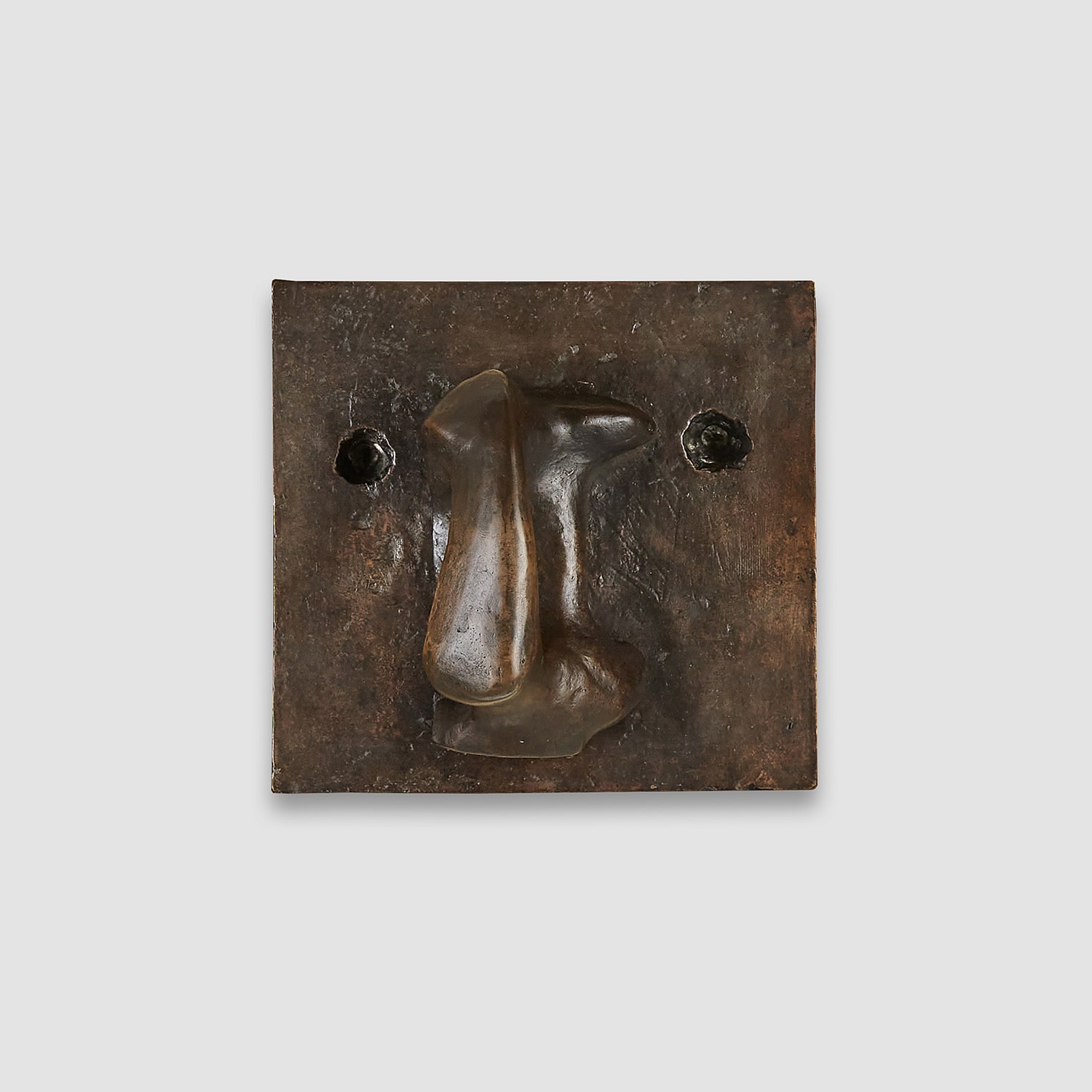





Property from an Important Japanese Private Collection
130Ο
Henry Moore
Square Head Relief
incised with the artist's signature and number "Moore 2/9" lower right turnover edge
bronze
8 1/4 x 8 3/4 x 5 3/8 in. (21 x 22.2 x 13.7 cm)
Conceived in 1960 and cast in 1962–1963 by Fiorini Foundry, London, this work is number 2 from an an intended edition of 9, of which only 3 were cast.
This work is recorded in the archives of the Henry Moore Foundation. Another example from this edition is housed in the permanent collection of the Henry Moore Foundation (3/9).
This work is recorded in the archives of the Henry Moore Foundation. Another example from this edition is housed in the permanent collection of the Henry Moore Foundation (3/9).